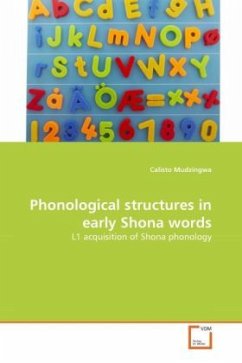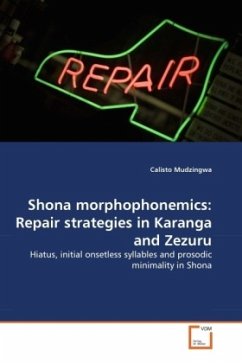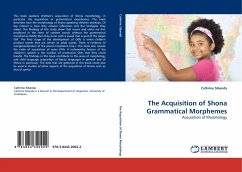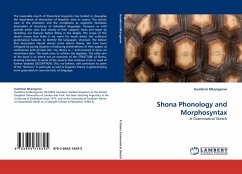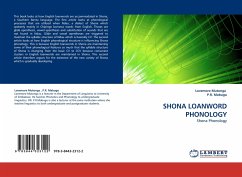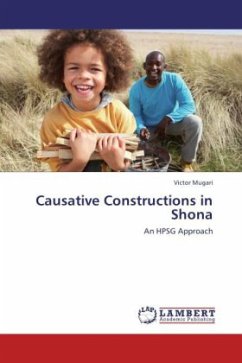This book examines the phonological development of a child acquiring Shona, a Bantu language, as L1. The book explores the phonotactic constraints exhibited by the child and her segment inventories including how the adult word was re-organized to suit the child's phonetic skills as well as phonological knowledge at a particular phase of her development. The subject, Caroline Mudzingwa, was observed over a two-year period using a parental diary and fortnightly tape recordings. The data was divided into three phases, with each phase corresponding to a Phase Word Template (PST). A PST was the preferred word pattern it had a particular phonological shape: particular co-occurrence restrictions, a particular vowel pattern and particular number of syllables. The analytical framework involved analytical tools from Generative Phonology, conventions from CV-phonology, the concept of articulatory gestures, phonological processes, and the notion of templates.

